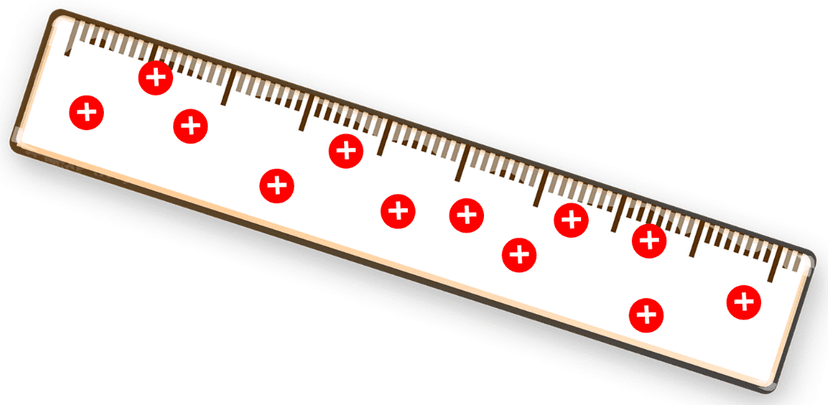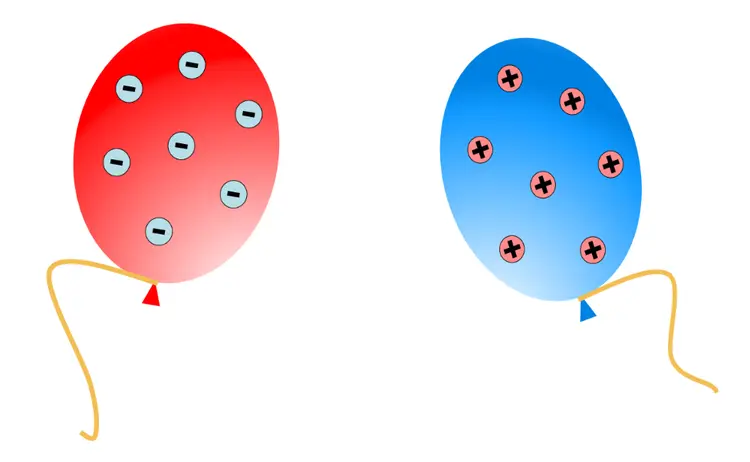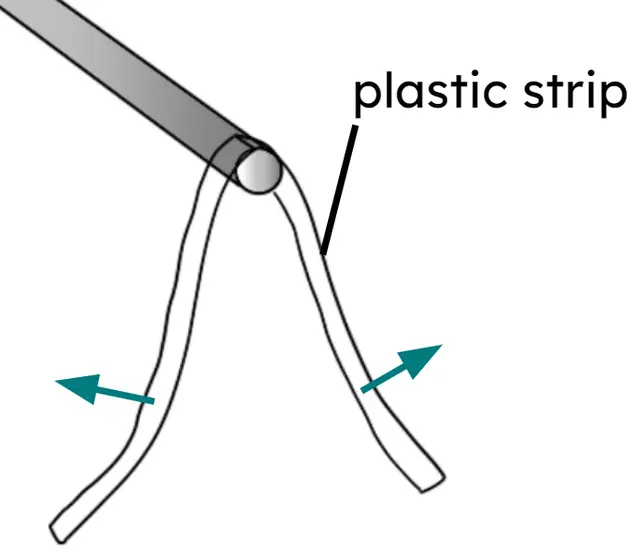Myths about teaching can hold you back
- Year 8
Static electricity
I can describe how objects with a positive or negative charge attract or repel other charged objects.
- Year 8
Static electricity
I can describe how objects with a positive or negative charge attract or repel other charged objects.
These resources were made for remote use during the pandemic, not classroom teaching.
Switch to our new teaching resources now - designed by teachers and leading subject experts, and tested in classrooms.
Lesson details
Key learning points
- Some objects can be charged by rubbing with certain materials.
- Objects with a static electric charge can exert a force on other objects (that contain electric charge).
- The electrostatic force acts at a distance.
- Objects with opposite electric charges attract each other.
- Objects with the same electric charge as each other repel each other.
Keywords
Static electricity - Static electricity is caused by the build-up of charge on insulators.
Positive charge - A positive charge is a type of electrical charge that is attracted to a negative charge.
Negative charge - A negative charge is a type of electrical charge that is attracted to a positive charge.
Electrostatic force - The electrostatic force is a force that acts between charges.
Common misconception
Pupils often think that ‘negative’ refers to a neutral material, that there is only one type of charge, and that friction creates charge.
Pupils need a secure understanding of the particle model of matter before being introduced to atomic structure. Using dynamic models to help pupils visualise what happens to negative charge can support their progression in understanding.
To help you plan your year 8 science lesson on: Static electricity, download all teaching resources for free and adapt to suit your pupils' needs...
To help you plan your year 8 science lesson on: Static electricity, download all teaching resources for free and adapt to suit your pupils' needs.
The starter quiz will activate and check your pupils' prior knowledge, with versions available both with and without answers in PDF format.
We use learning cycles to break down learning into key concepts or ideas linked to the learning outcome. Each learning cycle features explanations with checks for understanding and practice tasks with feedback. All of this is found in our slide decks, ready for you to download and edit. The practice tasks are also available as printable worksheets and some lessons have additional materials with extra material you might need for teaching the lesson.
The assessment exit quiz will test your pupils' understanding of the key learning points.
Our video is a tool for planning, showing how other teachers might teach the lesson, offering helpful tips, modelled explanations and inspiration for your own delivery in the classroom. Plus, you can set it as homework or revision for pupils and keep their learning on track by sharing an online pupil version of this lesson.
Explore more key stage 3 science lessons from the Series circuits unit, dive into the full secondary science curriculum, or learn more about lesson planning.

Equipment
Content guidance
- Risk assessment required - equipment
Supervision
Adult supervision required
Licence
Prior knowledge starter quiz
6 Questions
Q1.1. Which of these materials is a good electrical conductor?
Q2.What is an insulator?
Q3.Which of the following are carry a charge?
Q4.Which of the following statements about the structure of an atom is correct?
Q5.What is the charge on an electron?
Q6.What happens when you rub your hands together quickly?
Assessment exit quiz
6 Questions
Q1.Which of the following things need to be done to electrostatically charge a plastic ruler?
Q2.Which two of the following are the types of electrostatic charge?
Q3.A charged ruler is able to pick up the uncharged pieces of paper as shown.
Which of the following statements is correct?

Q4.Which of the following statements can correctly describe the ruler shown?
Select all that apply.

Q5.Which of the following will the two balloons shown experience due to their electrical charges?

Q6.The ends of the plastic strip shown are pushing away from each other.
Which of the following statements can explain why?
Select all that apply.



